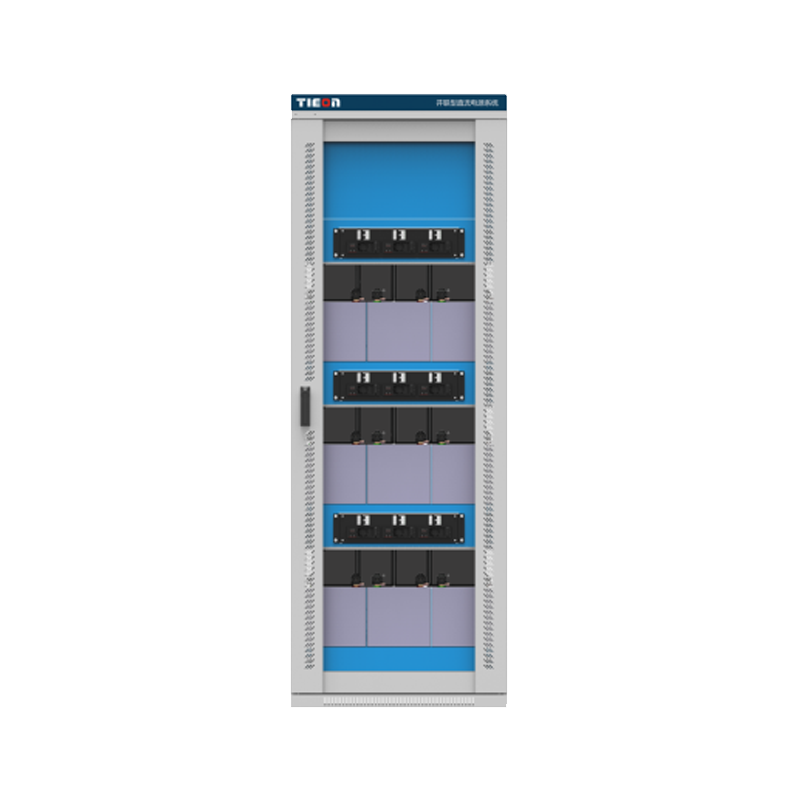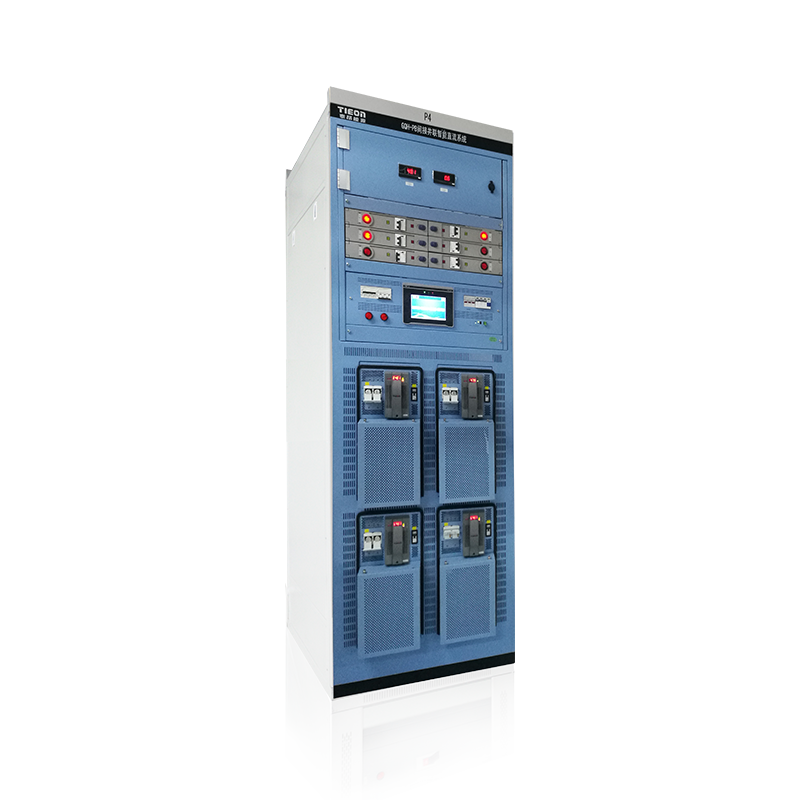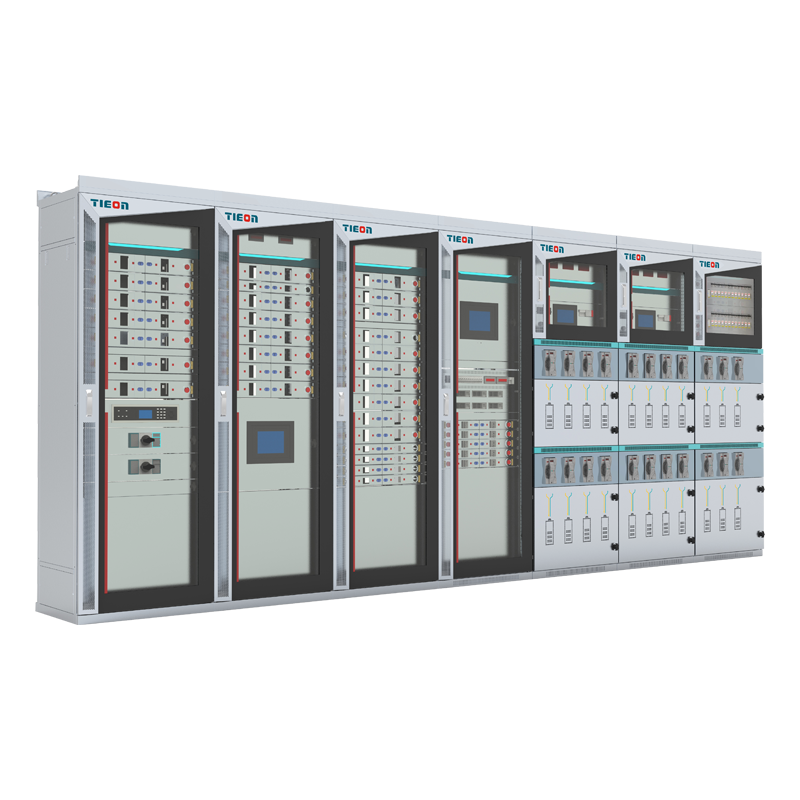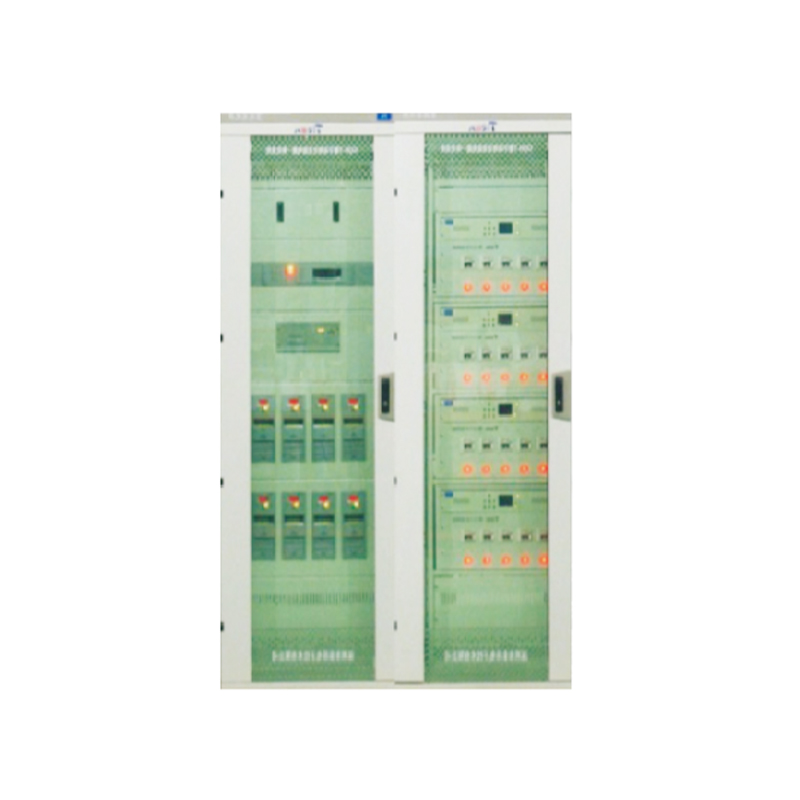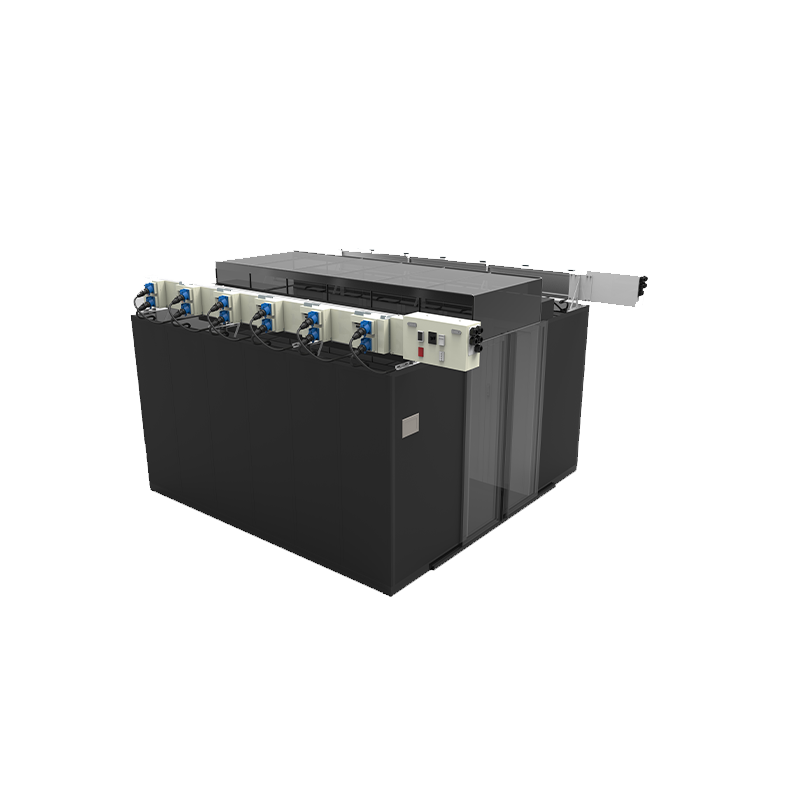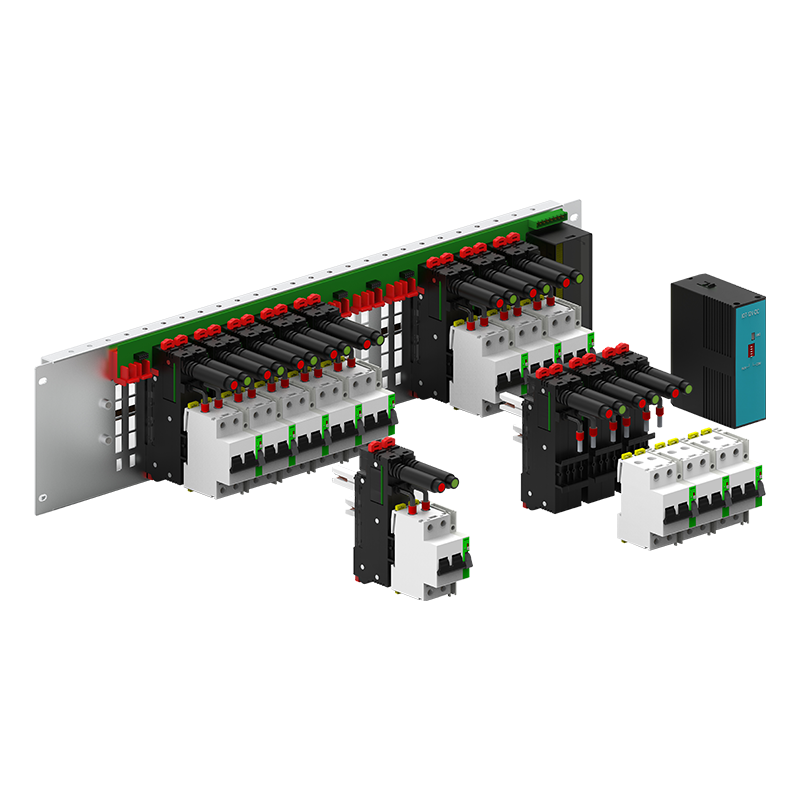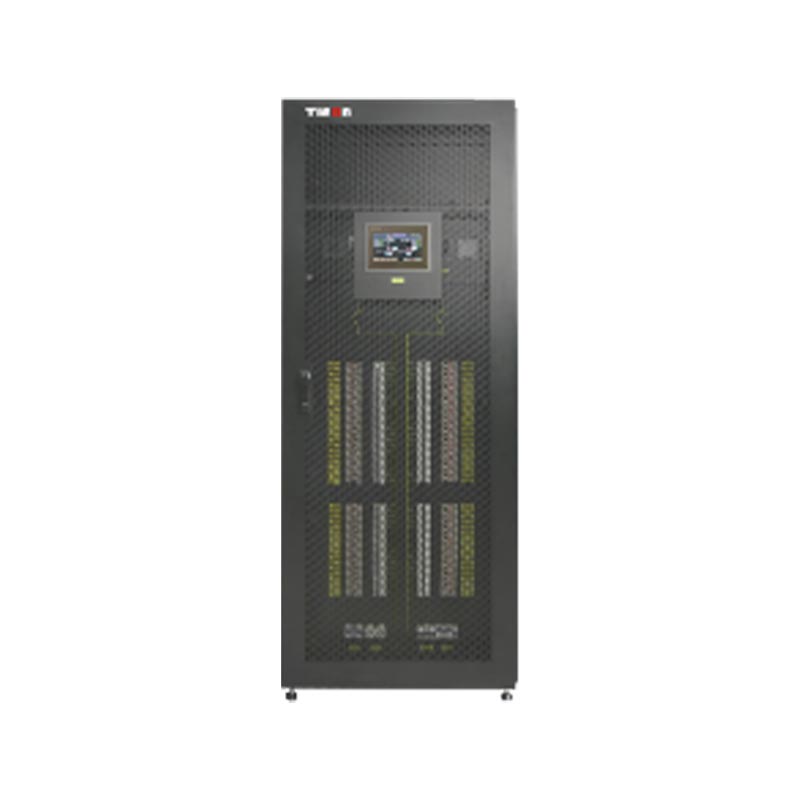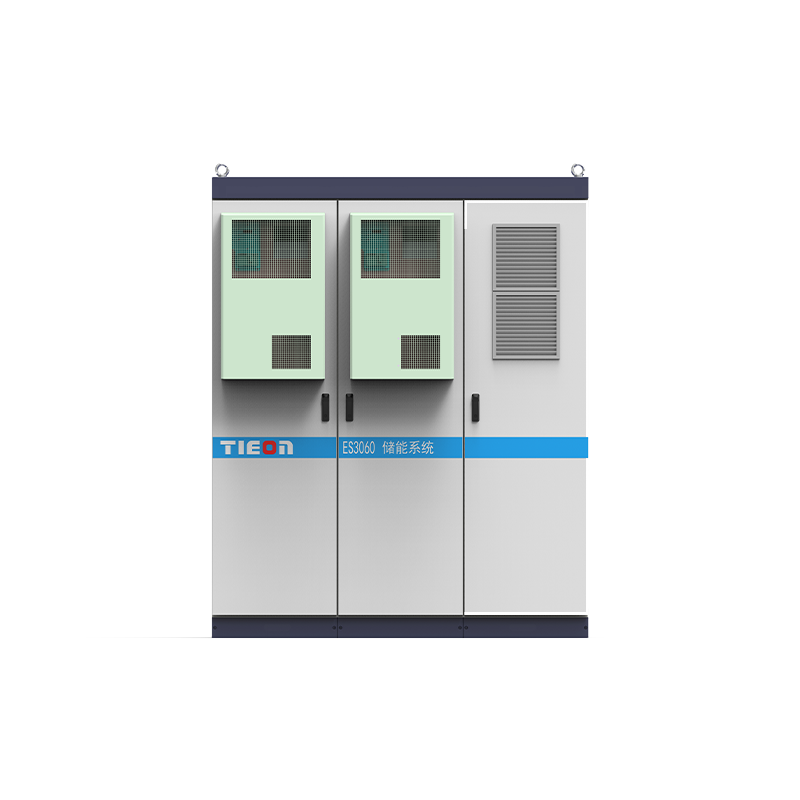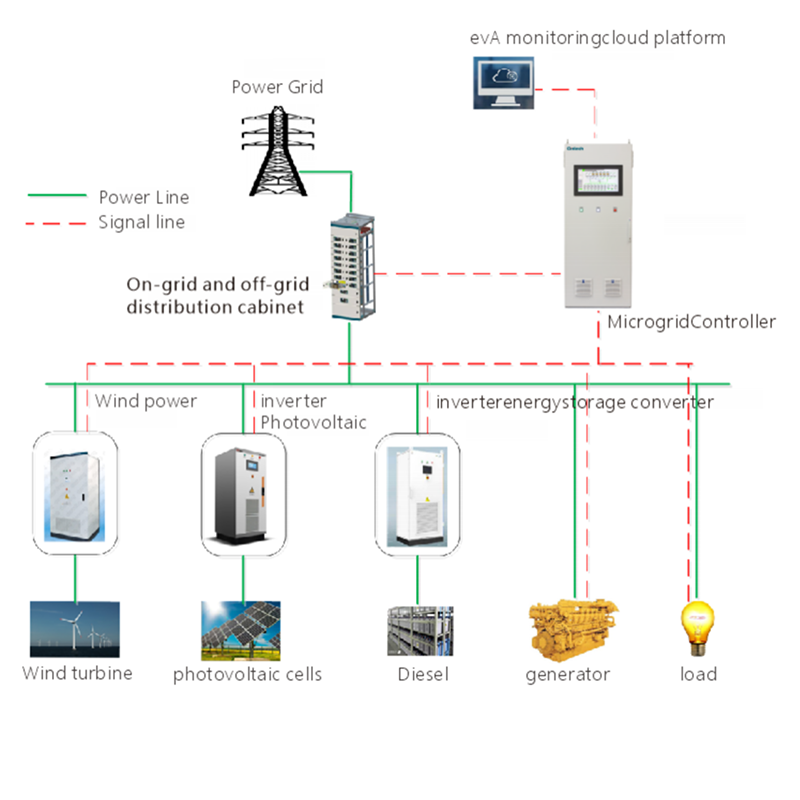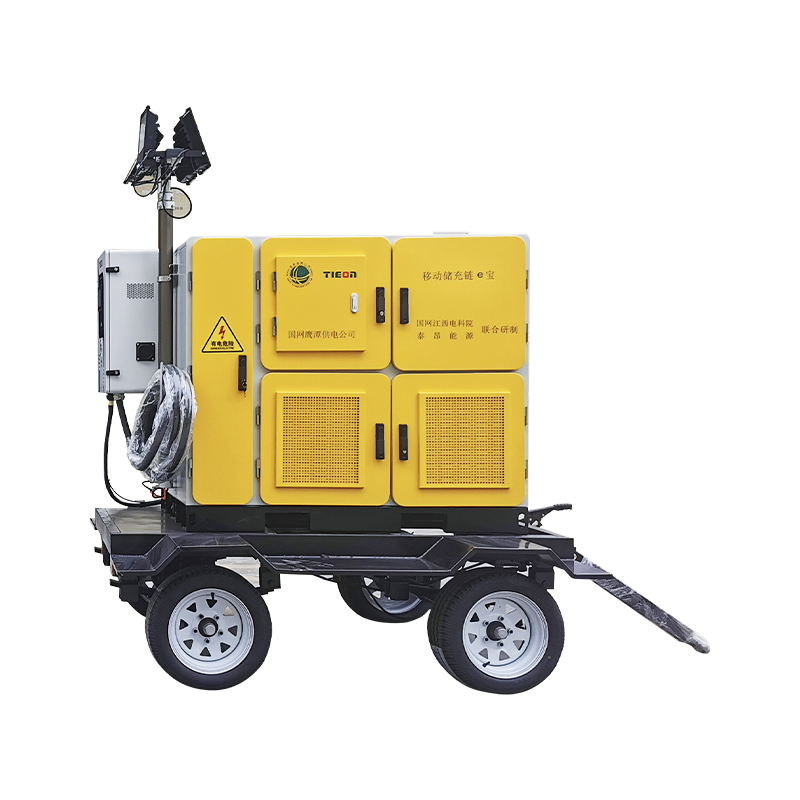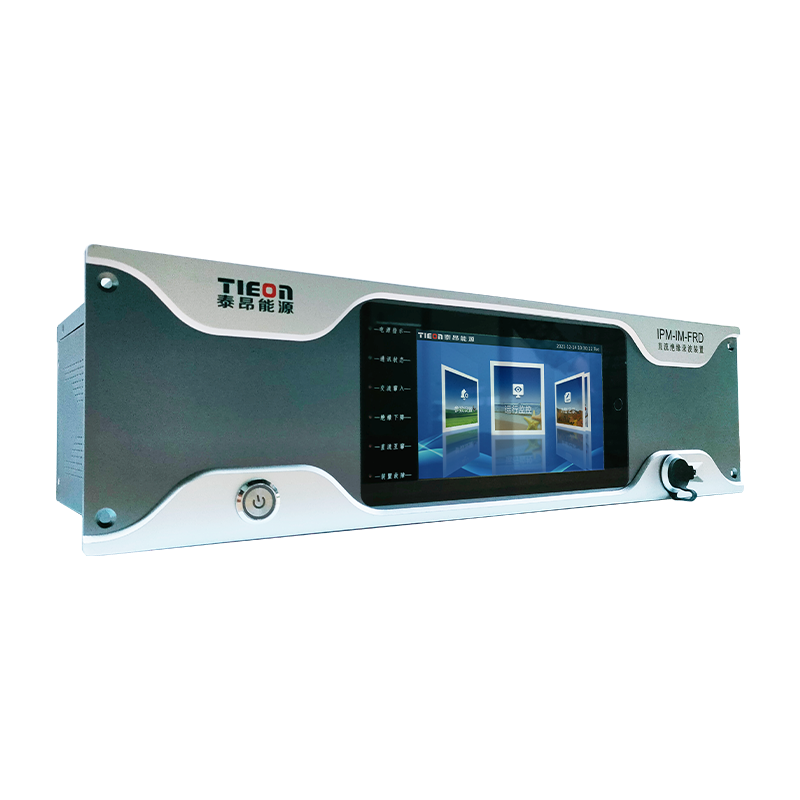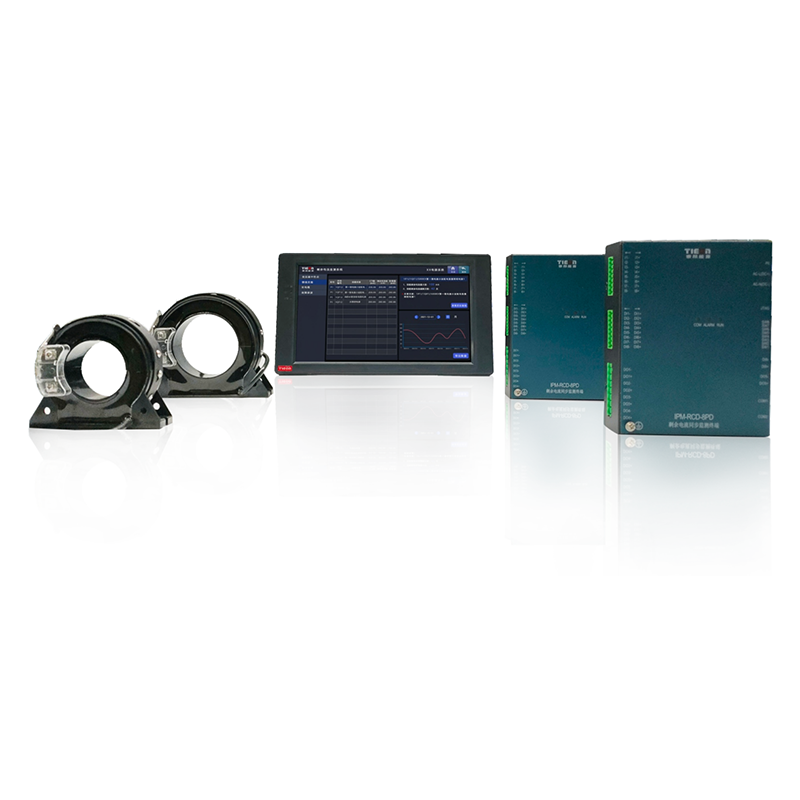The distribution network refers to the low-voltage power network that transmits electricity from the high-voltage transmission system to the end-users. It typically comprises medium voltage (10-35 kV) and low voltage (380/220 V) grids, responsible for distributing electric energy to residential, commercial, and industrial consumers. As an essential component of the power system, the distribution network connects the transmission system with users, ensuring the reliability and stability of the power supply.
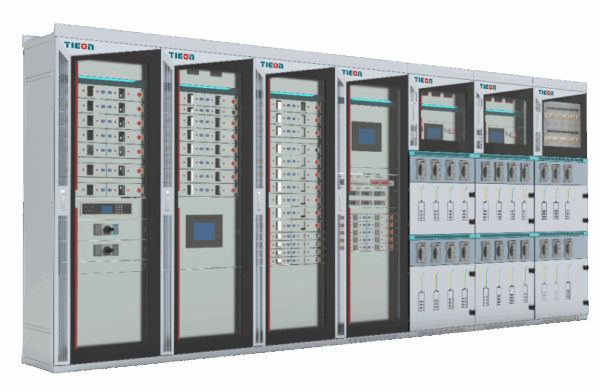
The main components of a distribution network
Substations: Transform high voltage electricity into medium or low voltage for use in the distribution network.
Distribution Lines: Overhead Lines: Commonly found in rural and suburban areas due to lower installation costs.
Underground Cables: Predominantly used in urban centers and densely populated areas to improve aesthetics and reduce outages caused by weather conditions.
Distribution Transformers: Convert medium voltage electricity to low voltage suitable for end-user consumption.
Switchgear: Used for controlling, protecting, and isolating circuits to ensure safe system operation. This includes switches, fuses, and circuit breakers.
Protection Devices: Such as relays and circuit breakers that detect and isolate faults, preventing damage to equipment and enhancing safety.
Automation Systems: For instance, SCADA (Supervisory Control and Data Acquisition) systems are utilized for real-time monitoring and control of the distribution network, improving operational efficiency and reliability.
These components collectively ensure the reliable and efficient distribution of electricity from transmission systems to consumers.
The types of distribution networks
Radial Distribution Network: Structure and Characteristics: Simple in structure and lower in cost. Each load point is supplied through a single path from the substation.
Pros: Cost-effective and straightforward to set up.
Cons: Lower reliability; faults can cause large-scale power outages as there is no alternative supply route.
Ring Distribution Network: Structure and Characteristics: Features a loop configuration where each load point can be supplied from two directions. This setup allows for electricity to be rerouted through another path in case of a fault.
Pros: High reliability and better service continuity since it minimizes the impact of faults.
Cons: Higher costs compared to radial networks due to more extensive infrastructure requirements.
Mesh Distribution Network: Structure and Characteristics: The most complex with multiple interconnections, providing several supply routes to each load point. It is especially suitable for high-density areas like city centers.
Pros: Offers the highest reliability and flexibility in power distribution, ensuring minimal disruption even during faults.
Cons: Most expensive due to its intricate design and substantial infrastructure investment.
Each type of distribution network has its specific applications based on factors such as cost, required reliability, and the geographic and demographic characteristics of the served area.
Strategic Technological Trends in Future Distribution Networks
The future of distribution networks is poised for significant advancementsdriven by technological innovations and the need for more efficient, reliable, and sustainable power systems
Smart Distribution Networks: Utilizing advanced communication and control technologies to achieve automation, informatization, and interactivity. This enables real-time monitoring, analysis, and response to network conditions, improving efficiency and reliability.
Distributed Energy Resource (DER) Management: Integrating renewable energy sources such as solar and wind power into the grid. This enhances system flexibility and reliability by diversifying the energy supply and reducing dependency on centralized power plants.
Energy Storage Technologies: Implementing storage solutions to balance supply and demand, thereby increasing system stability. Energy storage can store excess power during low-demand periods and release it when demand is high or during outages.
Microgrids: Developing independent microgrids that can operate autonomously or in conjunction with the main grid. Microgrids improve power supply reliability and resilience against disasters, ensuring continuous operation even in adverse conditions.
Digitalization and IoT: Leveraging sensors, big data analytics, and artificial intelligence to optimize the operation and maintenance of distribution networks. This includes predictive maintenance, fault detection, and system optimization through real-time data analysis, leading to improved performance and reduced operational costs.
Conclusion
The distribution network is a crucial component of the power system, and it is evolving towards smarter, more efficient, and sustainable operations as technology advances and demands change. Future distribution networks will be more flexible and reliable, better supporting renewable energy sources and emerging electricity consumption needs.

